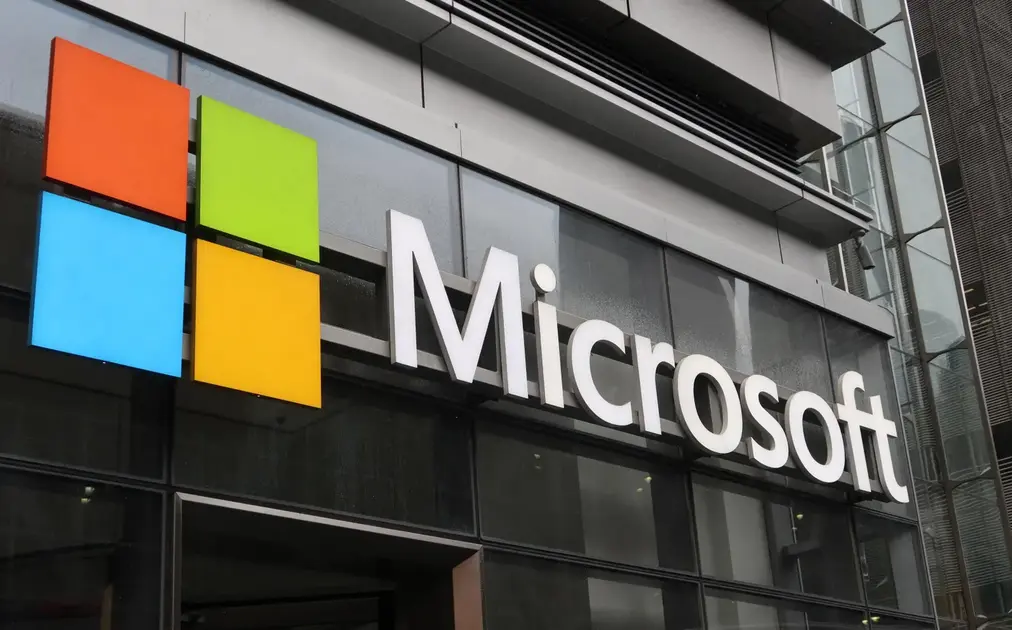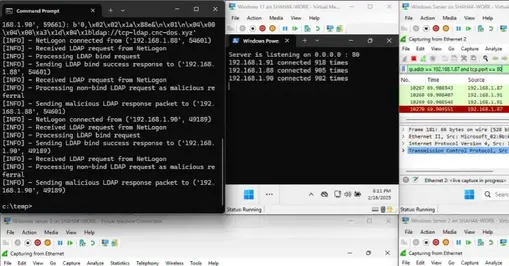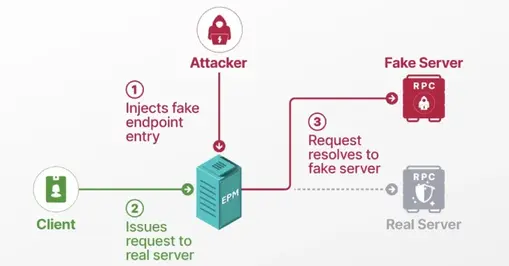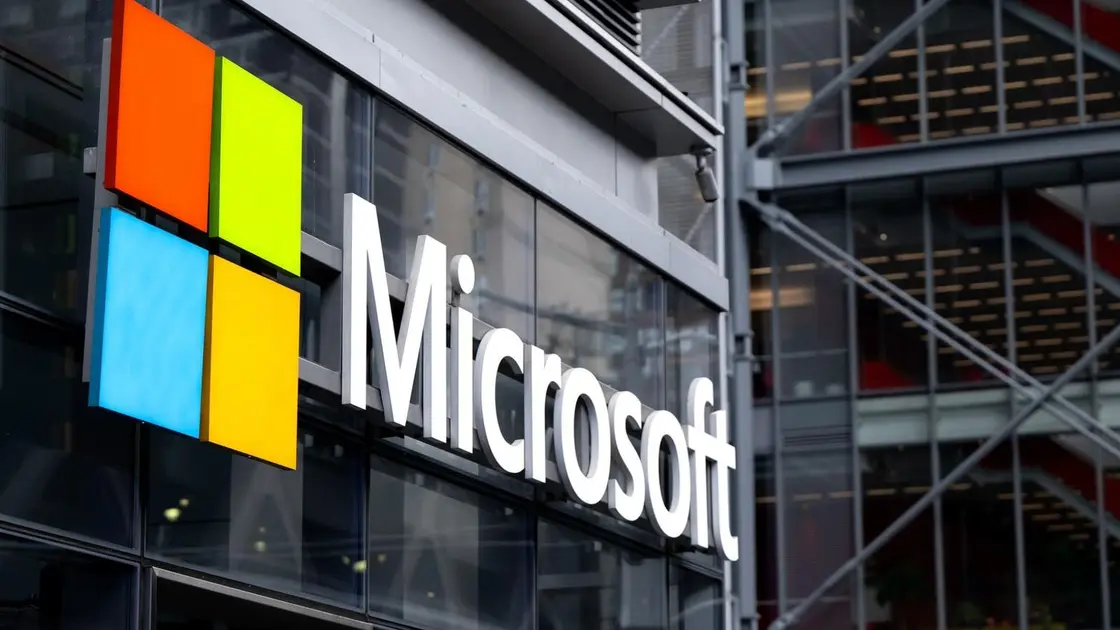T4K3.news
Unpatched Exchange servers risk domain compromise
More than 29 000 Exchange servers remain unpatched after CVE-2025-53786; federal agencies must mitigate under Emergency Directive 25-02 by the deadline.

More than 29,000 Exchange servers remain unpatched after a high-severity vulnerability that could let attackers move laterally into Microsoft cloud environments.
Unpatched Exchange servers risk domain compromise
More than 29,000 Exchange servers exposed online remain unpatched against CVE-2025-53786, a high-severity vulnerability that could let attackers move laterally in hybrid Microsoft cloud environments. The flaw affects Exchange Server 2016, Exchange Server 2019, and Exchange Server Subscription Edition. Microsoft released a hotfix in April 2025 as part of its Secure Future Initiative, guiding administrators to replace insecure shared identities with a dedicated hybrid app. Shadowserver scans on August 10 show 29,098 unpatched servers worldwide, with the United States, Germany, and Russia among the largest pools. Federal agencies were directed to mitigate under Emergency Directive 25-02, with steps including inventory, disconnecting public-facing servers, and applying the latest cumulative updates and the April hotfix.
While Microsoft has not observed abuse yet, the vulnerability is labeled Exploitation More Likely because attackers could develop reliable exploit code. CISA urged all organizations to follow the directive, warning that failure to mitigate could lead to a total domain compromise in hybrid environments. The guidance underscores a broader push to secure hybrid architectures as more services straddle on prem and cloud.
Key Takeaways
"One vulnerable server can unlock the whole domain"
high risk of lateral movement
"Patching is a security baseline not a choice"
emphasizes essential policy action
"The threat is real even if no abuse has been detected yet"
Microsoft guidance notes observed risk
"Hybrid cloud security hinges on keeping on prem and cloud patched"
core principle of defense in depth
The risk now depends on patch management discipline and the speed of response. Patching is a basic control, but many organizations still face calendar constraints, legacy systems, and patch fatigue. The emergency directive highlights the need for accurate inventory and strong network segmentation, two steps that often lag in practice. The new architecture that replaces insecure shared identities helps reduce attack surface, but it only helps if deployed consistently across all environments.
This case also shows how budgets, guidance from vendors, and policy pushes shape resilience. When a single unpatched server can unlock an organization, patching becomes a frontline issue rather than a backstage task. The next test will be how quickly organizations turn policy into practice across diverse IT setups while maintaining business continuity.
Highlights
- One vulnerable server can unlock the whole domain
- Patching is a security baseline not a choice
- Federal action now sets the pace for all networks
- Time is running out on this patch window
High risk from unpatched Exchange servers in hybrid environments
The exposure creates potential for lateral movement from on prem to cloud and could lead to total domain compromise in hybrid configurations. The public exposure of thousands of servers raises the overall risk to both federal and private networks.
Patch speed will define the next wave of breach risk.
Enjoyed this? Let your friends know!
Related News

Emergency Microsoft directive issued

Microsoft warns of serious flaw in Exchange Server

Microsoft Links SharePoint Exploits to Chinese Hacker Groups

Win-DDoS Flaws Threaten Domain Controllers

Emergency Patch Released for SharePoint Attack

Windows RPC EPM vulnerability patch released

Microsoft issues emergency patch for SharePoint vulnerabilities

Scattered Spider Attacks U.S. Sectors
